What is the Jefferson War Nickel 35% Silver (1942-1945)?
Every American knows Thomas Jefferson is the face on the modern day nickel – but do you know the history of these coins and why collectors value them? The Jefferson War Nickel ran during World War II for a period of four years, from 1942-1945. During this time period, the nickel series went through a significant change that made these coins especially collectable. The change came about in reaction to the fact that nickel was identified as a “strategic metal” during WWII. This meant the US government (and therefore, the US Mint) needed to preserve nickel in order to help with the war effort. So, the coin’s composition changed from nickel to 35% silver, 9% manganese, and 56% copper. That’s why these coins are also known as “Jefferson War Nickel 35% silver” or just plain old “Silver War Nickels.’ Whatever you call them, these nickels are considered to be an interesting short-lived set within a broad series that’s had a few changes and alterations over its lifetime.
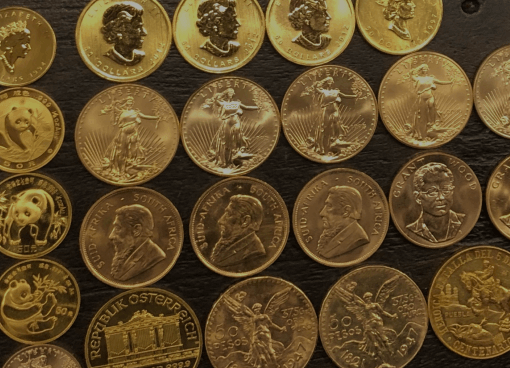
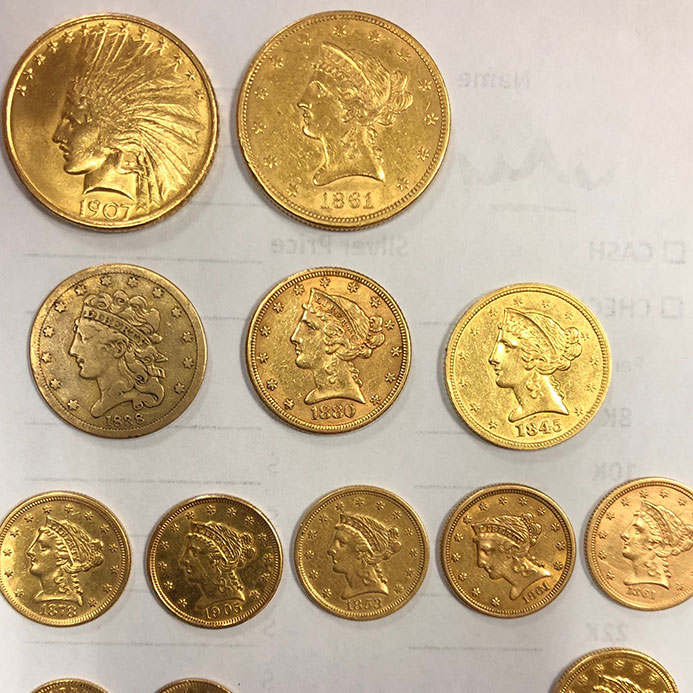
History of the Jefferson War Nickel
These nickels were produced during wartime and, in addition to a host of other monikers, are known as “Wartime Nickels.” They were first produced at the Philadelphia Mint. The date the collection began was October 8, 1942, which means that nickels produced earlier that year were composed with the standard metal: nickel. To differentiate the new composition and make the coins easier to identify, they were created with a large mint mark. On the coin’s reverse you’ll see the letters “P”, “D”, or “S,” which identifies that the coin was minted in Philadelphia, Denver or San Francisco, respectively. One interesting thing about the coin’s produced in Philadelphia is that this was the first time in US Mint history coins produced in the city were given a mint mark. In other words, it’s the first time Americans ever got to see the “P” mint mark on a coin.
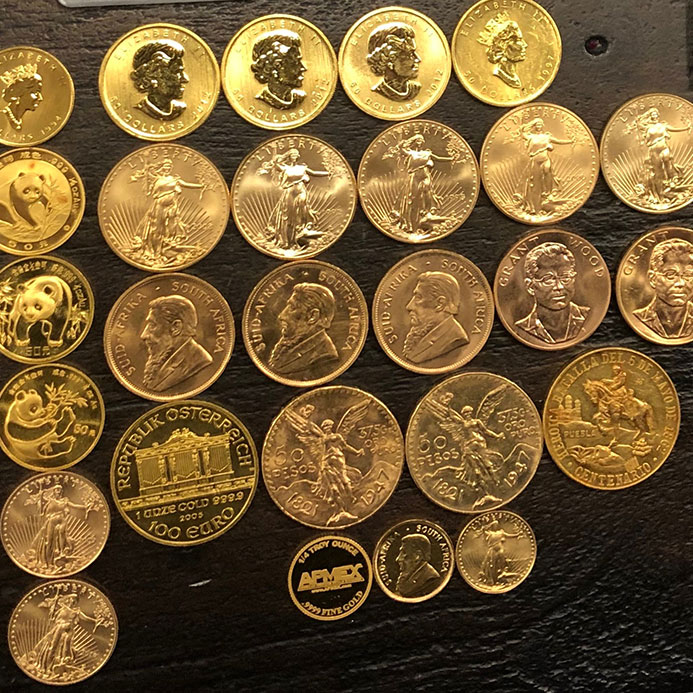
Which Jefferson War Nickels should I look out for?
When it comes to collecting these coins, it’s important to know the history. These coins are valued because of their metal content but also because of their historical value and the fact that they were only produced for a four year period. After 1945, when WWII was over, the coin’s composition went back to its previous standard. Over the course of its four year of production, more than 870 million of the 35% silver nickels were struck by the US Mint. For modern day collectors, a set is complete with eleven coins. They include:
- 1942 P-D (Philadelphia, San Francisco)
- 1943 P-D-S (Philadelphia, Denver, San Francisco)
- 1944-P-D-S (Philadelphia, Denver, San Francisco)
- 1945 P-D-S (Philadelphia, Denver, San Francisco)
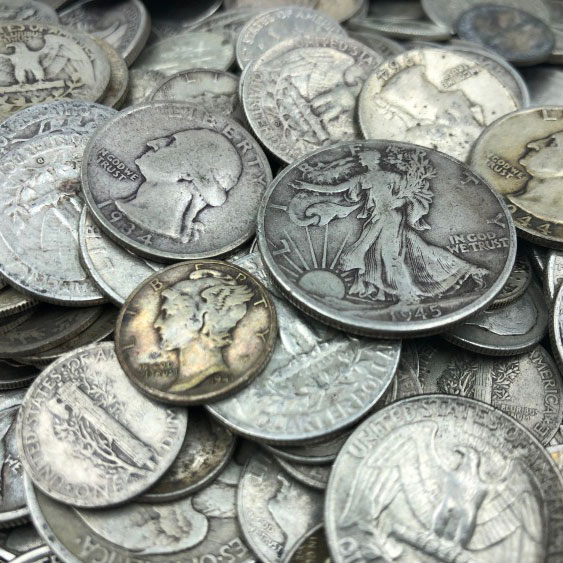
Can I sell my Jefferson War Nickel 35% Silver (1942-1945)?
Yes. Buying and selling these coins is easy. But first, you’ll want to work with someone who knows the value of these historic coins. Uncirculated versions of these coins are worth more than ones that have been through circulation. Also, these coins are worth more than their modern day counterparts due to their silver content. This, and other reasons, are why it’s essential to work with a dealer that knows about Silver War Nickels. In order to get the best results, a reputable dealer is necessary.
Customer Testimonial

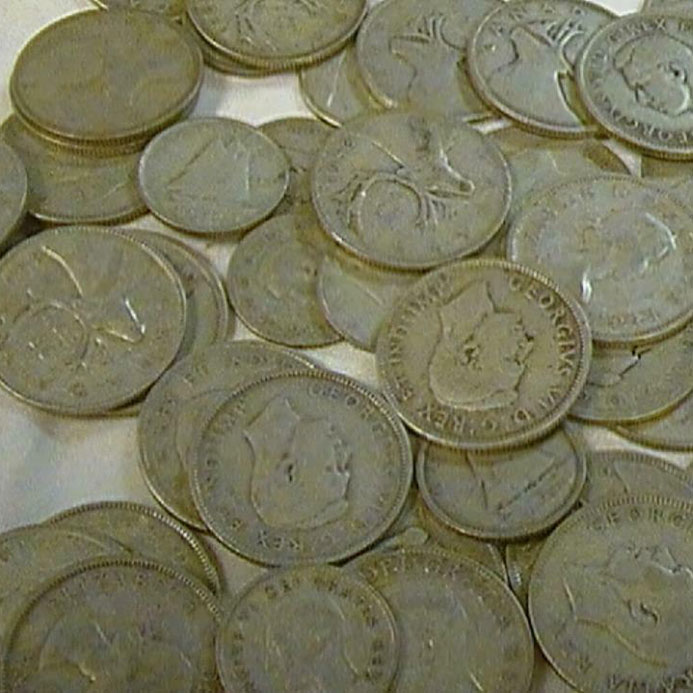
Where can I buy a Jefferson War Nickel 35% Silver (1942-1945)?
Jefferson War Nickels are bought and sold online and in brick and mortar stores. As always, working with a trusted dealer is your best bet. One reason to work with a professional, especially when dealing with this particular coin, is that random people selling these coins online sometimes deal with incomplete sets, whether due to ignorance or wanting to make a couple of extra bucks. You can find dealers online, in community posts and locally, through word of mouth, advertisements, etc.
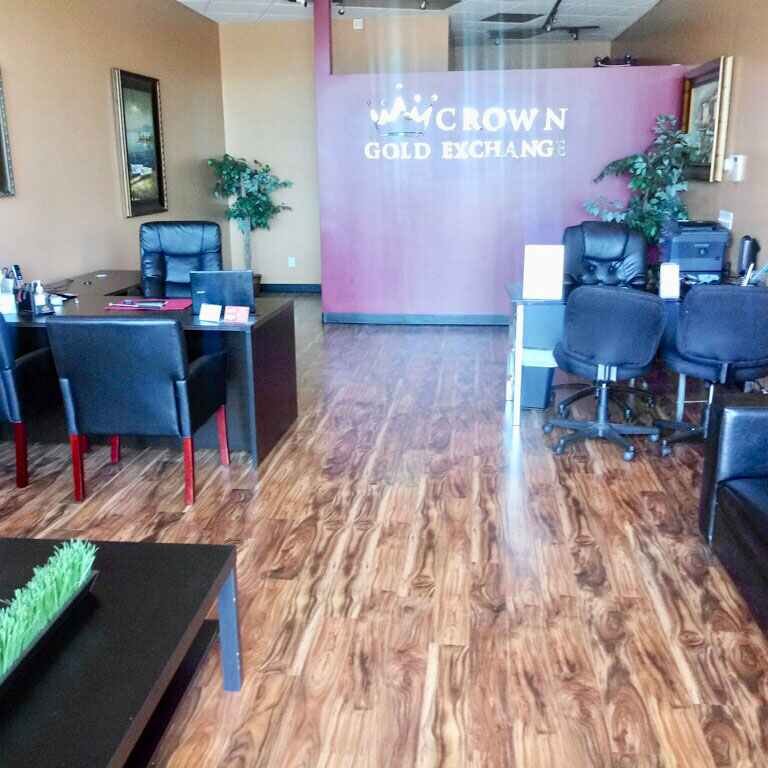
Choose Crown Gold Exchange
Crown Gold Exchange holds the utmost respect for you and your valuables. When you visit one of our locations, we make sure that you feel welcome, and that your property is protected. We use industry-standard equipment to ensure accurate measurement of your valuables, and we have a special process to keep your valuables safe. Our accuracy enables us to offer you top dollar, and we have several different payment methods available for your convenience, so you won’t be waiting around to get paid.
Crown Gold Exchange will purchase any kind of gold you bring us, including 8-karat, 10-karat, 14-karat, 18-karat, 21-karat, 22-karat, 24-karat, or anything else. We buy gold bars, gold bullion, gold jewelry and some gold plated items like pocket watches. If you happen to be in possession of an exclusive piece made by a top gold designer such as Cartier, Tiffany, Rolex, or Patek Philippe, we will often pay more than the weight of the item. Such special pieces often command a higher price on the secondary market due to their superior craftsmanship.
BUYING YOUR GOLD, SILVER, DIAMONDS AND COINS SINCE 2010
She explained everything to me and it made me feel very comfortable.
Sloane
Crown Gold Exchange Customer
